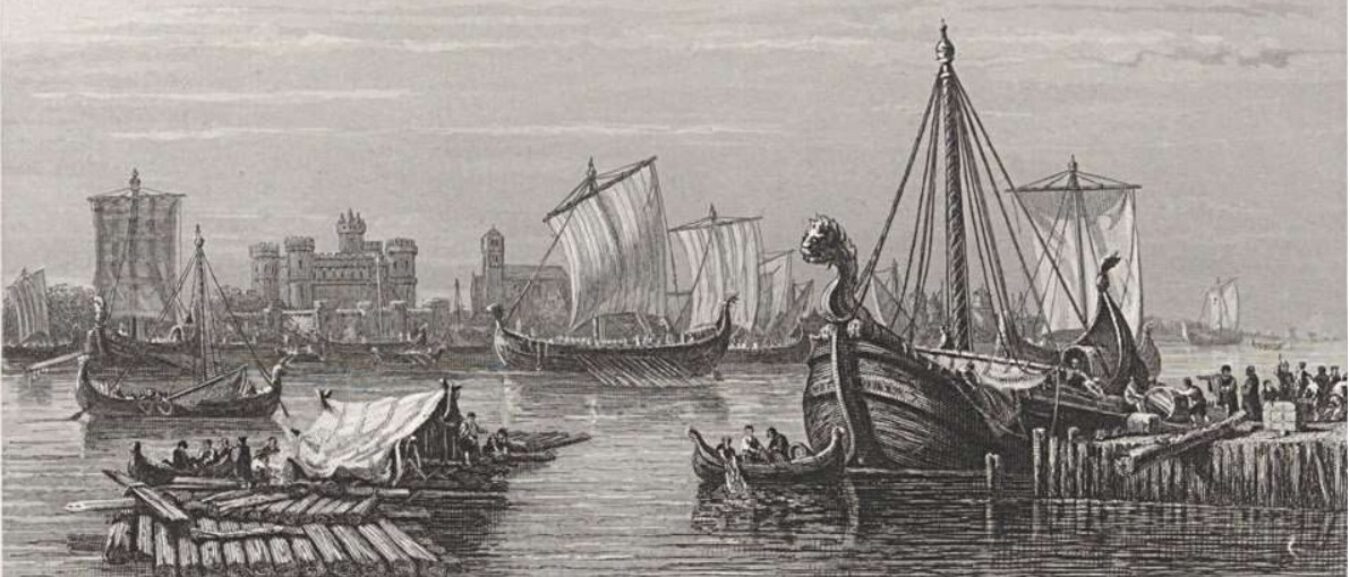Elves, also known as Alfar, are supernatural beings that appear in the mythology and folklore of many Germanic cultures, including Norse, German, and Anglo-Saxon. In Germanic mythology, elves are often associated with nature, magic, and the supernatural.
In Norse mythology, the elves are divided into two groups: the light elves (Ljósálfar) and the dark elves (Dökkálfar). The light elves are associated with light, beauty, and peace, and are often depicted as benevolent beings who live in the upper world of Alfheimr. The dark elves, on the other hand, are associated with darkness, death, and the earth, and are sometimes depicted as malevolent beings who live underground.
In Germanic folklore, elves are often associated with forests and other natural settings. They are sometimes depicted as helpful beings who assist humans with their daily tasks, or as mischievous creatures who enjoy playing pranks and causing trouble. In some stories, elves are also associated with healing and herbalism, and are said to possess powerful knowledge of plant lore.
Elves are often depicted as beautiful and ethereal, with pointed ears and a graceful, otherworldly appearance. They are sometimes said to be immortal, and to possess magical powers such as shape-shifting, invisibility, and the ability to control the weather.
Overall, elves are a fascinating and complex part of Germanic mythology and folklore. Their appearance and nature varies depending on the culture and time period, but they always retain a certain mystical and magical quality.

